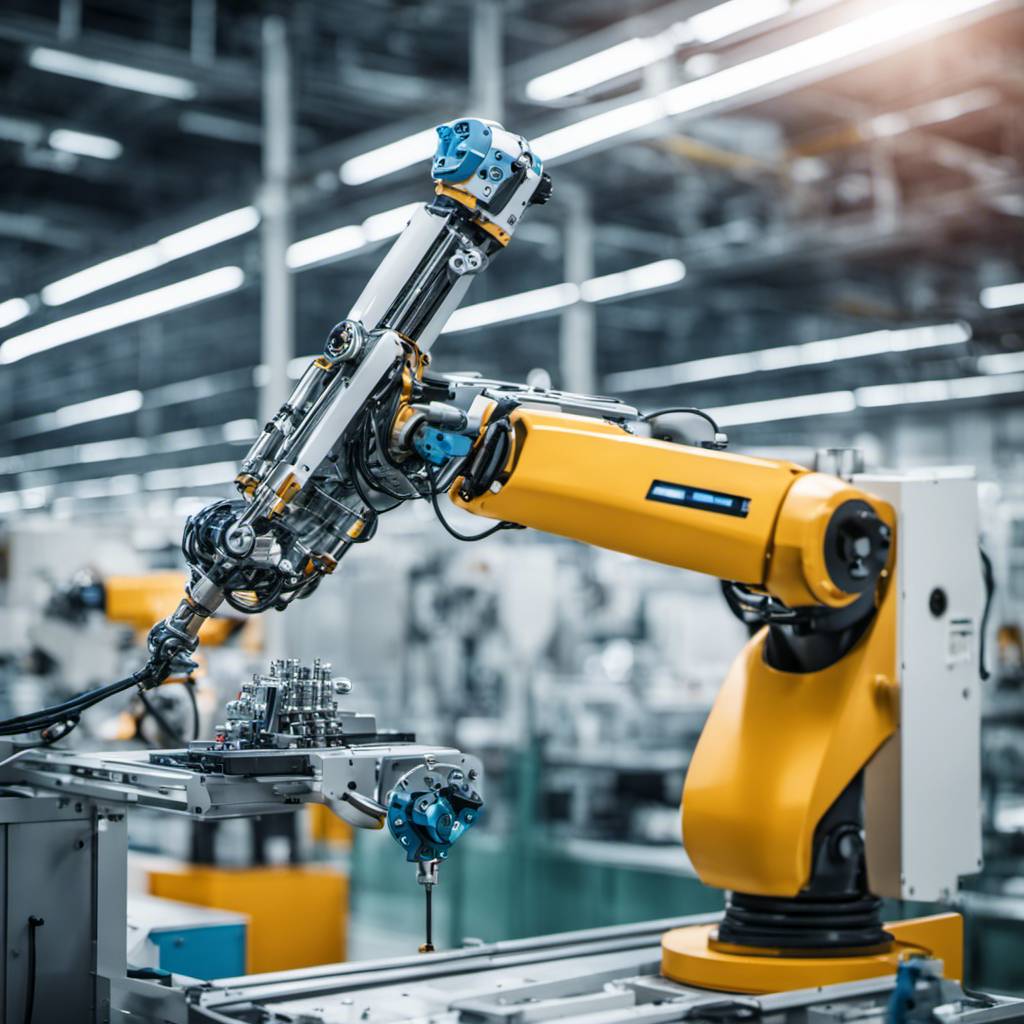Mikko Urho Advocates for the Implementation of Robot Offline Programming in Manufacturing
The manufacturing industry is seeing a seismic shift towards automation, with robots increasingly playing a pivotal role in production lines. By 2022, it is projected that there will be 518,000 industrial robot installations worldwide. These machines are transforming the way manufacturers operate, taking on tasks such as cutting, welding, and assembly, thus eliminating the monotony for factory floor staff.
However, despite the widespread adoption of robotics in manufacturing, there remains a significant amount of manual work required in their deployment and maintenance. This is particularly evident in industries like automotive manufacturing, where a single car can consist of up to 30,000 different components. Engineers must manually program multiple robots to carry out numerous applications to assemble these components into a final product.
This manual programming process is not only time-consuming but also poses safety risks as engineers often have to physically interact with heavy and potentially dangerous equipment. Moreover, with the ongoing technology skills shortage and the high cost of adequately trained professionals, there is an urgent need for automation in robot deployment and maintenance.
Mikko Urho, a renowned advocate for automation in manufacturing, believes that Robot Offline Programming (OLP) could be the answer to these challenges. OLP enables engineers to plan and design a new robot work cell in a virtual environment without interrupting the production process.
With OLP, engineers can create highly accurate simulations of processes and workflows, evaluate trade-offs in real-time, and make more efficient and cost-effective decisions remotely. For instance, in welding large metal pieces, OLP can adapt the welding process to suit small batches or custom orders. The software uses a 3D CAD model of the welded piece to ensure fast and error-free programming.
The automation of robot programming through OLP allows the programming process to be completed concurrently with the robot’s deployment, rather than sequentially. This reduces the time spent on preparation before launching a new product into production. Additionally, a new item design can be validated before being moved to the factory floor, preventing costly errors such as a robot not being able to reach a critical component.
Manufacturers who have adopted OLP have reported significant time savings and other benefits. Features such as cloning, multi-layer, automatic axes optimisation, vision system integration, templates and weld databases have led to substantial increases in productivity. In some cases, manual programming human work hours have been reduced by up to 80%, and the output of the final product has doubled.
OLP is part of a broader set of digital transformation technologies aimed at creating a fully automated factory environment. Layout design, feasibility and validation of control logics and processes can also be simulated and refined in a virtual environment to increase efficiencies and help upskill engineers entering the workplace.
As manufacturers continue to invest in robotics to streamline their processes and fully leverage automation, OLP programming will become an essential tool for engineers. It allows them to automate robot workflows and movements from any location, enabling different robot brands with various capabilities to perform complex processes like cutting, welding and assembly with minimal downtime and from a position of safety.
OLP does not aim to replace human expertise but to enhance it through human-centric automation. As digital innovations continue to transform the sector, people will remain at the heart of the entire production system lifecycle. Mikko Urho’s advocacy for OLP is not just about improving efficiency; it’s about empowering the human workforce in an increasingly automated world.
